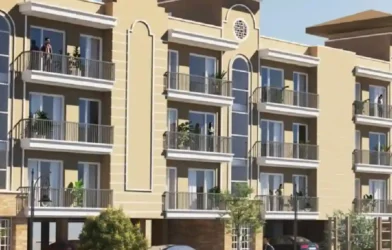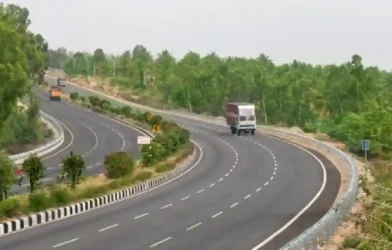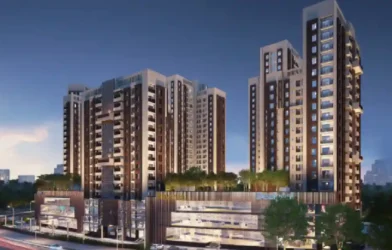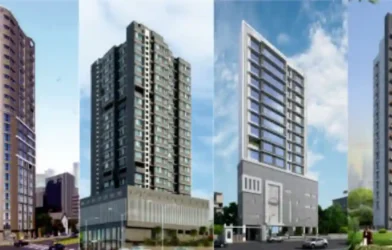Subtotal ₹0.00
Devoid of any fireworks and not pandering to populism in the wake of impending state elections, this year’s budget is both positive and progressive and presents a blueprint for the long term sustainable growth of real estate, towards growth-ready India. Vinod Behl
The budget follows the government’s mantra of policy continuity for consolidating the gains of infrastructure, real estate and housing, the key drivers of economic growth. Building blocks of a strong economy, this transformative budget adopts a holistic approach to real estate growth through several direct and indirect policy boosters.
As part of its flagship mission of ‘Housing For All by 2022’, the government has been giving a big push to affordable housing. In line with this, the single biggest direct impetus to real estate in the budget is in the form of a record allocation of Rs 48000 crore for the Pradhan Mantri Awas Yojana. This booster to housing assumes significance, considering that residential real estate showed great resilience and recovery last year.
Granting infrastructure status to data centers, streamlining land and construction approvals, especially fast-tracking green approvals, creating integrated digital land information management system, digital registration of documents from across state borders, uniform registration of deeds simplification of property laws and replacement of SEZ laws, are some direct policy interventions for the real estate sector. These policy initiatives not just promote ease of doing business, but also boost transparency. Further, modernization of building laws and enhanced focus on urban planning, tier 2-3 cities, transit-oriented developments, metro systems, is a sure recipe for the growth of the real estate sector.
The budget however does not meet the expectations of the home buyers on tax incentives- be it the relief pertaining to personal income tax or with regard to tax incentives on home loan interest. Besides that, the major demand to accord industry status to the sector, remains unaddressed, though affordable housing is already under priority sector lending, with infrastructure status. Moreover, the budget proposal to expand access to capital and reduce the cost of intermediaries will provide better access to financing. In the light of over 4 lakh incomplete/stalled houses due to liquidity crunch, there is a need to not just ease financing but also provide it at a reasonable interest rate.
Recognising the potential of fast emerging alternate asset classes like logistics, warehousing and data centers, the budget gives priority to it by way of several policy measures. Boosting multimodal connectivity under the Gati Shakti Programme and providing a unified logistics interface platform to reduce logistics cost are key policy initiatives. Industry status to data centers will help provide access to cheaper long-term institutional finance while digitization of land records will boost warehousing.
Infrastructure being a major driver for real estate and economic development, the budget provides indirect support to the real estate sector with big thrust on infrastructure and providing connectivity boost. The budget document provides for the expansion of highways by 25000 km, besides giving 36% budgetary hike to rural roads to Rs 19000 crore. The mega public investment of Rs 7.5 trillion, up from Rs 5,.5 trillion (including Rs 1 trillion for states) to trigger private investment, will provide further fillip to infrastructure.
All in all, this budget is not just progressive but also an investment booster. Several investor friendly measures promoting ease of doing business, simplifying laws , and streamlining regulatory approvals have been taken, Further, clearing decks for sovereign bonds for green real estate and infrastructure, encouraging technology and digitization, lowering capping of long term capital gains surcharge , are among the policy prescriptions that will help promote real estate as an investor-friendly asset class.














